Nexus 7 (2013) - Mini Review
by Brian Klug on July 27, 2013 12:54 AM EST- Posted in
- Tablets
- Snapdragon
- Qualcomm
- Android
- Mobile
- APQ8064
- Nexus 7
- Android 4.3
The real highlight of the new Nexus 7 is of course the much higher resolution display. At 1920x1200 the Nexus 7 is now the highest resolution 7-inch tablet. This new IPS panel is made by JDI (Japan Display Inc) and boasts better viewing angles, 30 percent more gamut than the previous one, and of course better dot pitch of 323 PPI. Alongside that the new Nexus 7 also doesn’t have the always-on dynamic brightness and contrast (NVIDIA Prism / smartdimmer) that many including myself found frustrating with the original Nexus 7. On the new version the equivalent functions are enabled only during full screen video playback. This is a huge improvement since with the feature enabled on the previous Nexus 7 I always felt that greens were undersaturated and some dynamic range clipped.
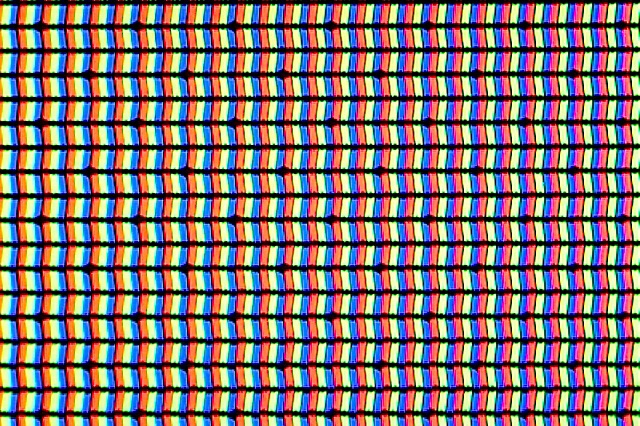
I did a lot of asking around about how Google calibrates its panels, and was told that in the case of the Nexus 7 there are two stages. The first is the calibration done by JDI on the panel at a high level, the second is an additional calibration at time of manufacture, per device. This sort of thing is relatively standard, but I’ve always been curious about what stages cost extra money – certainly it’s a baseline expectation for the panel supplier to supply a close-enough LUT, but getting Delta E even lower I’m told requires additional expenditure.
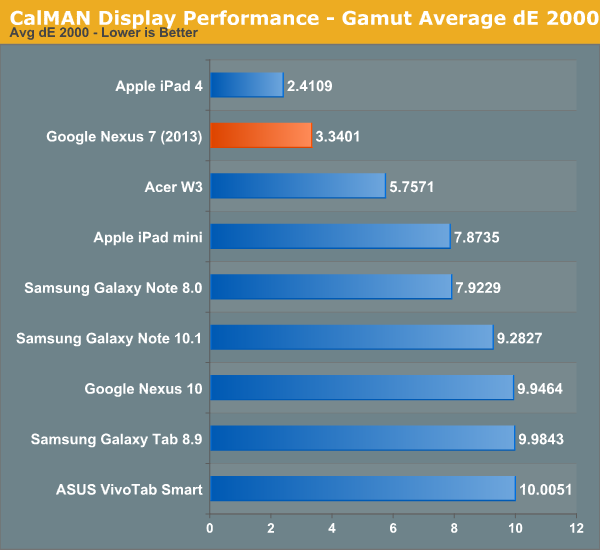
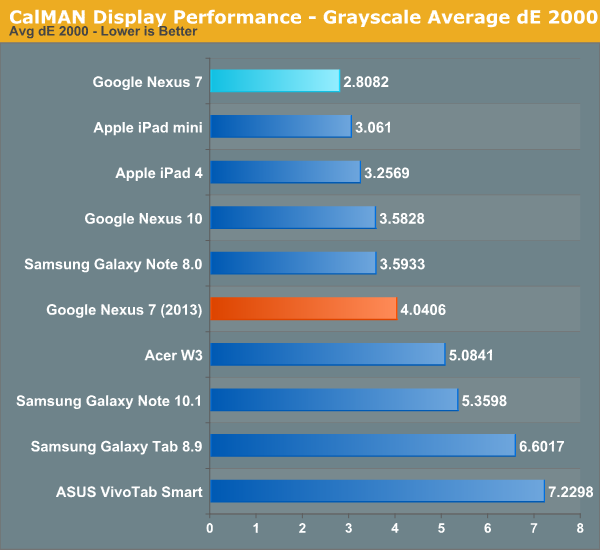
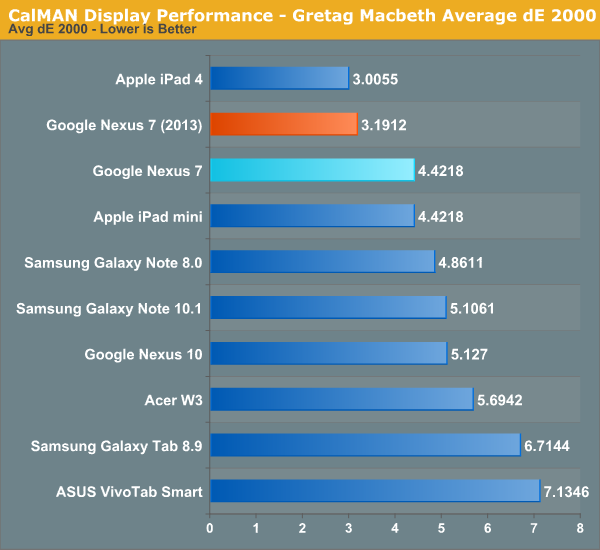
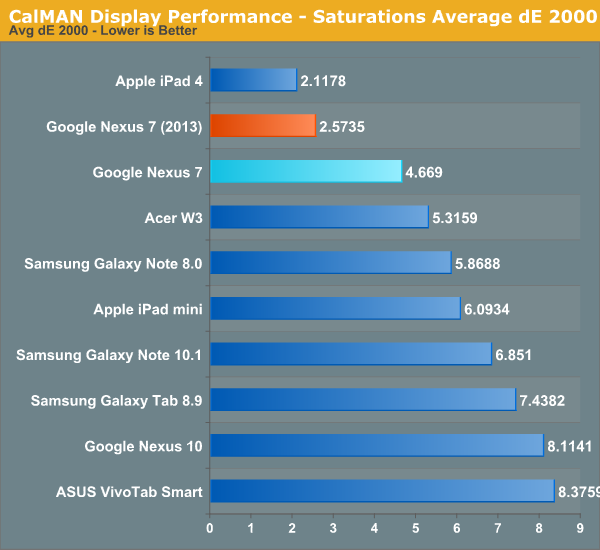
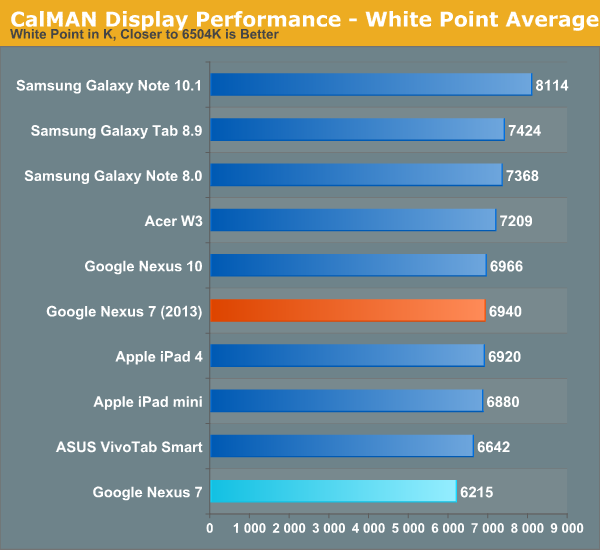
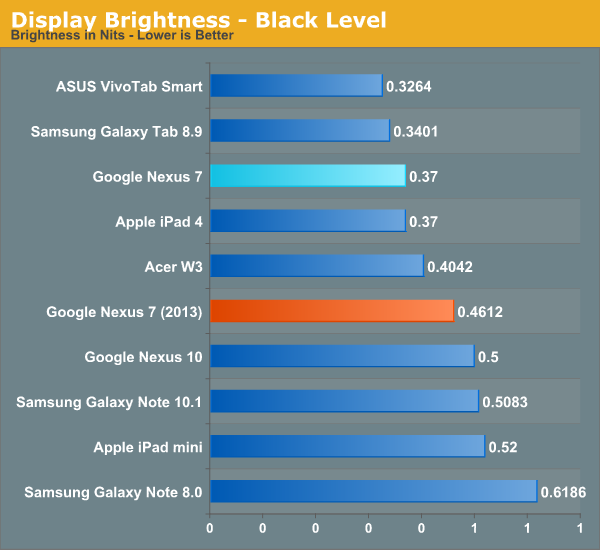
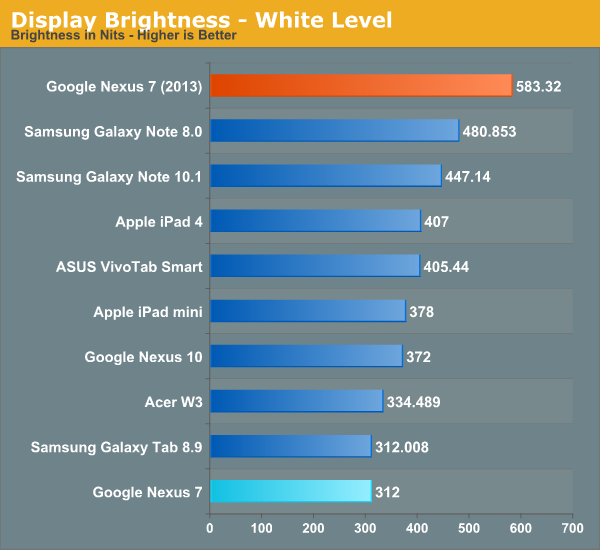
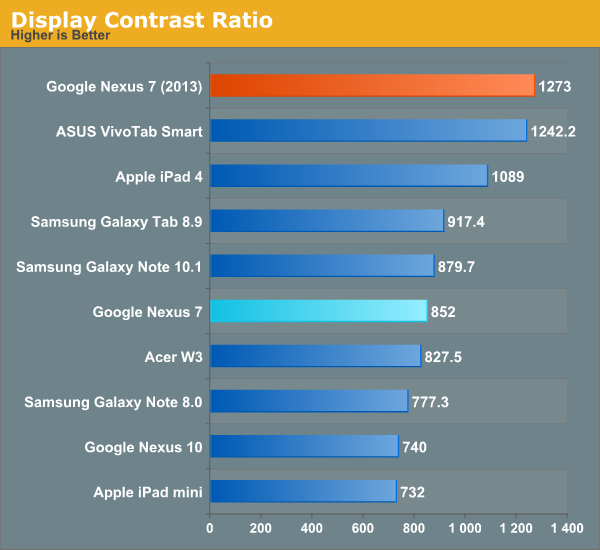
It turns out that the new Nexus 7 is actually very close to sRGB this time around, with overall gamut being just a bit bigger than the sRGB color space. In the GMB Delta-E and saturations Delta-E measures, arguably the two most relevant for color accuracy, the new Nexus 7 is second only to the iPad 4, and better than the iPad Mini in color accuracy, a significant step forwards from its predecessor.
The new Nexus 7 also goes very bright, up to 583 nits, with excellent contrast of 1273. This is again not achieved using any dynamic contrast cheating since those functions are thoughtfully disabled.
On the display side of things I’m very pleased with how far the Nexus 7 has come, and it’s obvious that display quality was a big focus for the 2013 model.















252 Comments
View All Comments
psyside1 - Sunday, July 28, 2013 - link
Did you even read the article from the link? also Brian already confirmed that 32GB will be faster.Death666Angel - Monday, July 29, 2013 - link
Well, he didn't reply to an eMMC based comment, the comment he replied to specifically talks about SSDs. No idea why you bring HDDs into this either, you are replying to nothing I said.Death666Angel - Monday, July 29, 2013 - link
Your comment was in reply to SSDs (and USB drives), not eMMC controllers, so I maintain that you are incorrect in this paragraph:"They might, but I doubt it has anything to do with the size, and more with the manufacturer's "strategy" of making higher store that is more expensive, also have higher speed."
phillyry - Tuesday, July 30, 2013 - link
His initial question was about the 32GB model vs. the 16GB one, so it was about eMMC.His source, written by Anand about last year's Nexus 7s, supports that his question is valid.
So, Brian, do we get the details on any noted differences in I/O performance between the two models?
phillyry - Wednesday, July 31, 2013 - link
Anand replied to my tweet clarifying that he has a 16GB to review but that he can't of confirm that there will not be multiple controllers, which could affect storage speed:@phillyry @nerdtalker yep I've got a 16GB model here, I don't know how many places ASUS sources eMMC from though. That could matter as well
phillyry - Wednesday, July 31, 2013 - link
My question was:@nerdtalker @anandshimpi are we going to get the I/O performance numbers for both #Nexus7 models in the full #anandtech review?
lightsout565 - Saturday, July 27, 2013 - link
At least with SSD's, larger models benefit from increase write speeds. I'm not sure if you'd notice a difference in 16 vs 32GB models though. I'll wait till a more informed person responds hahaEgg - Saturday, July 27, 2013 - link
Brian Klug said on twitter that he was sampled the 32 GB version.With regards to performance, https://twitter.com/nerdtalker/status/361201767733...
More flash is faster. Please do your research before making bogus claims.
eio - Sunday, July 28, 2013 - link
waiting for a storage performance comparison between 16G/32G models...will AnandTech be the first to do this?psyside1 - Sunday, July 28, 2013 - link
Me to bro, i already suggest this :)